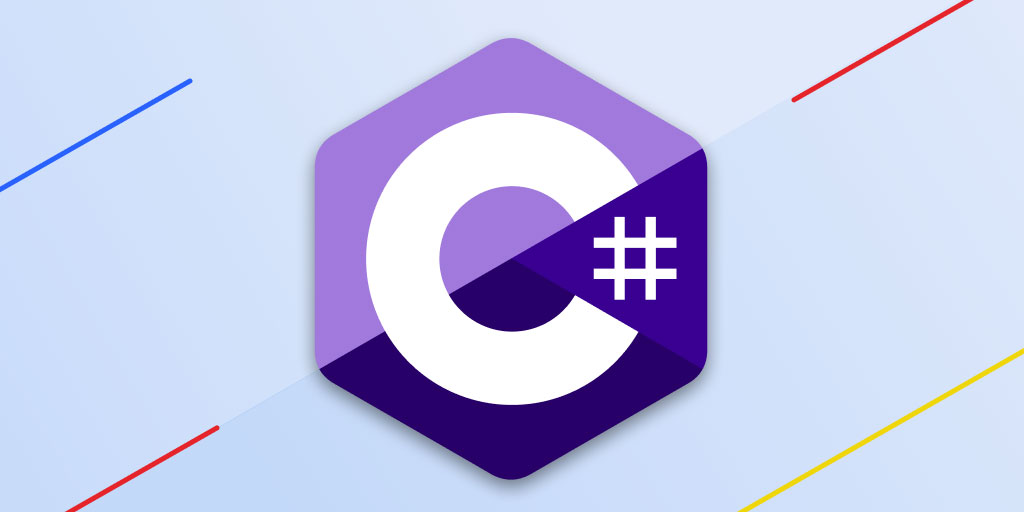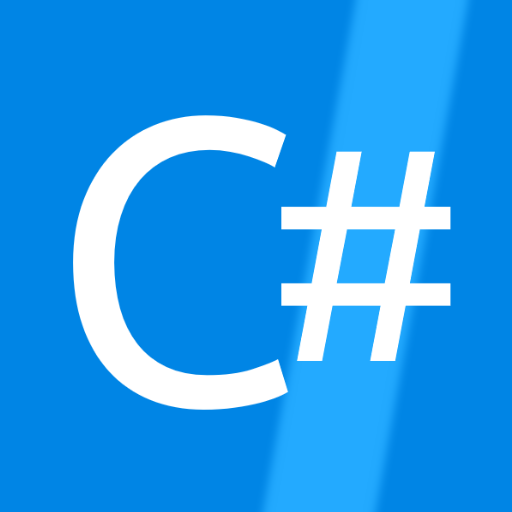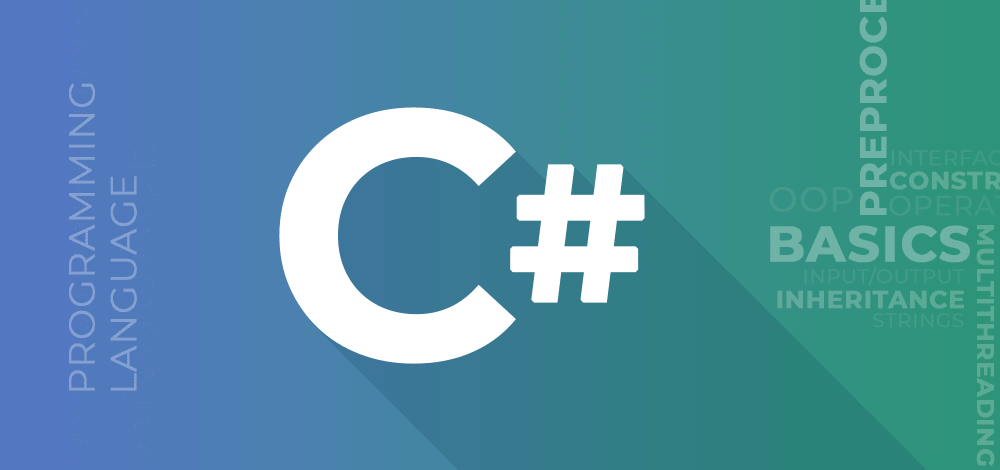Creating and Applying Custom Attributes in C#
Jul 07, 2025 am 12:03 AMCustom Attributes is a mechanism in C# used to attach metadata to code elements. Its core function is to inherit the System.Attribute class and read through reflection at runtime to implement functions such as logging, permission control, etc. Specifically, it includes: 1. Custom Attributes is declarative information, which exists in the form of feature classes and is often used to mark classes, methods, etc.; 2. When creating, you need to define a class inherited from Attribute, and use AttributeUsage to specify the application target; 3. After application, you can obtain feature information through reflection, such as using Attribute.GetCustomAttribute(); 4. Commonly used in logging, permission verification, testing frameworks and other scenarios; 5. Abuse should be avoided during use, and pay attention to performance, naming specifications and scope of application.

In C#, Custom Attributes is a very practical tool that can be used to add metadata to elements in a program (such as classes, methods, attributes, etc.). This information can be read by reflection at runtime, enabling flexible functional expansion. Below are some common usage scenarios and specific operation methods.

What are Custom Attributes?
Custom Attributes is a mechanism for attaching declarative information to code elements. They are essentially classes inherited from System.Attribute . You can apply them to classes, methods, properties, parameters, etc., and then obtain this information through reflection at runtime.

For example, you can tag [Obsolete] on a method to indicate that this method is no longer recommended, or customize a [Log] attribute to identify the method that needs to be logged.
How to create custom features
Creating custom features is actually very simple. You only need to define a class inherited from System.Attribute . Constructors and public properties can be added as needed.

[AttributeUsage(AttributeTargets.Method, AllowMultiple = false)]
public class LogAttribute : Attribute
{
public string Message { get; set; }
public LogAttribute()
{
Message = "This method is being logged.";
}
public LogAttribute(string message)
{
Message = message;
}
}In this example:
-
AttributeUsagespecifies the targets on which this feature can be applied (here is the method). -
AllowMultiple = falsemeans that the same feature cannot be applied repeatedly. - The constructor supports parameterless and message-free initialization.
How to apply and read features
After defining the feature, you can use it in specific methods or classes. For example:
public class ExampleClass
{
[Log("User login method")]
public void Login()
{
Console.WriteLine("User logged in.");
}
}This feature can then be read by reflection:
var methodInfo = typeof(ExampleClass).GetMethod("Login");
var attribute = (LogAttribute)Attribute.GetCustomAttribute(
methodInfo,
typeof(LogAttribute));
if (attribute != null)
{
Console.WriteLine(attribute.Message); // Output: User login method
}Key points:
- Use
typeof()to get type information. -
Attribute.GetCustomAttribute()can get specific types of features. - If the feature does not exist, the return value will be
null, so it must be judged by conditions.
Common application scenarios
Custom features are often used in the following situations:
- Logging : A method to mark a log that needs to be recorded.
- Permission control : For example,
[Authorize]marks a method that requires access to a specific role. - Serialization control : Specifies whether the field participates in serialization.
- Test framework : such as
[TestMethod]or[Fact]tag test method.
For example, in ASP.NET Core, controller methods often use [HttpGet] or [HttpPost] to define the type of HTTP method, which is also a feature-based mechanism behind it.
Notes and best practices
- Avoid abuse : Not all places are suitable for use with features, and overuse can make the code difficult to maintain.
- Performance considerations : Reflection operations are relatively time-consuming, and frequent calls require caching.
- Naming specification : It is recommended that feature class names end with
Attribute, but can be omitted when used. - Set AttributeTargets reasonably : clearly specify whether your attributes are suitable for classes, methods, or other elements.
Basically that's it. Custom features are a powerful feature, and using them well can improve the readability and maintainability of the code.
The above is the detailed content of Creating and Applying Custom Attributes in C#. For more information, please follow other related articles on the PHP Chinese website!

Hot AI Tools

Undress AI Tool
Undress images for free

Undresser.AI Undress
AI-powered app for creating realistic nude photos

AI Clothes Remover
Online AI tool for removing clothes from photos.

Clothoff.io
AI clothes remover

Video Face Swap
Swap faces in any video effortlessly with our completely free AI face swap tool!

Hot Article

Hot Tools

Notepad++7.3.1
Easy-to-use and free code editor

SublimeText3 Chinese version
Chinese version, very easy to use

Zend Studio 13.0.1
Powerful PHP integrated development environment

Dreamweaver CS6
Visual web development tools

SublimeText3 Mac version
God-level code editing software (SublimeText3)

Hot Topics
 The difference between multithreading and asynchronous c#
Apr 03, 2025 pm 02:57 PM
The difference between multithreading and asynchronous c#
Apr 03, 2025 pm 02:57 PM
The difference between multithreading and asynchronous is that multithreading executes multiple threads at the same time, while asynchronously performs operations without blocking the current thread. Multithreading is used for compute-intensive tasks, while asynchronously is used for user interaction. The advantage of multi-threading is to improve computing performance, while the advantage of asynchronous is to not block UI threads. Choosing multithreading or asynchronous depends on the nature of the task: Computation-intensive tasks use multithreading, tasks that interact with external resources and need to keep UI responsiveness use asynchronous.
 C# vs. C : History, Evolution, and Future Prospects
Apr 19, 2025 am 12:07 AM
C# vs. C : History, Evolution, and Future Prospects
Apr 19, 2025 am 12:07 AM
The history and evolution of C# and C are unique, and the future prospects are also different. 1.C was invented by BjarneStroustrup in 1983 to introduce object-oriented programming into the C language. Its evolution process includes multiple standardizations, such as C 11 introducing auto keywords and lambda expressions, C 20 introducing concepts and coroutines, and will focus on performance and system-level programming in the future. 2.C# was released by Microsoft in 2000. Combining the advantages of C and Java, its evolution focuses on simplicity and productivity. For example, C#2.0 introduced generics and C#5.0 introduced asynchronous programming, which will focus on developers' productivity and cloud computing in the future.
 Prime Numbers in C#
Sep 03, 2024 pm 03:35 PM
Prime Numbers in C#
Sep 03, 2024 pm 03:35 PM
Guide to Prime Numbers in C#. Here we discuss the introduction and examples of prime numbers in c# along with code implementation.
 How to change the format of xml
Apr 03, 2025 am 08:42 AM
How to change the format of xml
Apr 03, 2025 am 08:42 AM
There are several ways to modify XML formats: manually editing with a text editor such as Notepad; automatically formatting with online or desktop XML formatting tools such as XMLbeautifier; define conversion rules using XML conversion tools such as XSLT; or parse and operate using programming languages ??such as Python. Be careful when modifying and back up the original files.
 How to convert xml to json
Apr 03, 2025 am 09:09 AM
How to convert xml to json
Apr 03, 2025 am 09:09 AM
Methods to convert XML to JSON include: writing scripts or programs in programming languages ??(such as Python, Java, C#) to convert; pasting or uploading XML data using online tools (such as XML to JSON, Gojko's XML converter, XML online tools) and selecting JSON format output; performing conversion tasks using XML to JSON converters (such as Oxygen XML Editor, Stylus Studio, Altova XMLSpy); converting XML to JSON using XSLT stylesheets; using data integration tools (such as Informatic
 What is c# multithreading programming? C# multithreading programming uses c# multithreading programming
Apr 03, 2025 pm 02:45 PM
What is c# multithreading programming? C# multithreading programming uses c# multithreading programming
Apr 03, 2025 pm 02:45 PM
C# multi-threaded programming is a technology that allows programs to perform multiple tasks simultaneously. It can improve program efficiency by improving performance, improving responsiveness and implementing parallel processing. While the Thread class provides a way to create threads directly, advanced tools such as Task and async/await can provide safer asynchronous operations and a cleaner code structure. Common challenges in multithreaded programming include deadlocks, race conditions, and resource leakage, which require careful design of threading models and the use of appropriate synchronization mechanisms to avoid these problems.
 How to convert xml into word
Apr 03, 2025 am 08:15 AM
How to convert xml into word
Apr 03, 2025 am 08:15 AM
There are three ways to convert XML to Word: use Microsoft Word, use an XML converter, or use a programming language.
 C# .NET: Building Applications with the .NET Ecosystem
Apr 27, 2025 am 12:12 AM
C# .NET: Building Applications with the .NET Ecosystem
Apr 27, 2025 am 12:12 AM
How to build applications using .NET? Building applications using .NET can be achieved through the following steps: 1) Understand the basics of .NET, including C# language and cross-platform development support; 2) Learn core concepts such as components and working principles of the .NET ecosystem; 3) Master basic and advanced usage, from simple console applications to complex WebAPIs and database operations; 4) Be familiar with common errors and debugging techniques, such as configuration and database connection issues; 5) Application performance optimization and best practices, such as asynchronous programming and caching.






